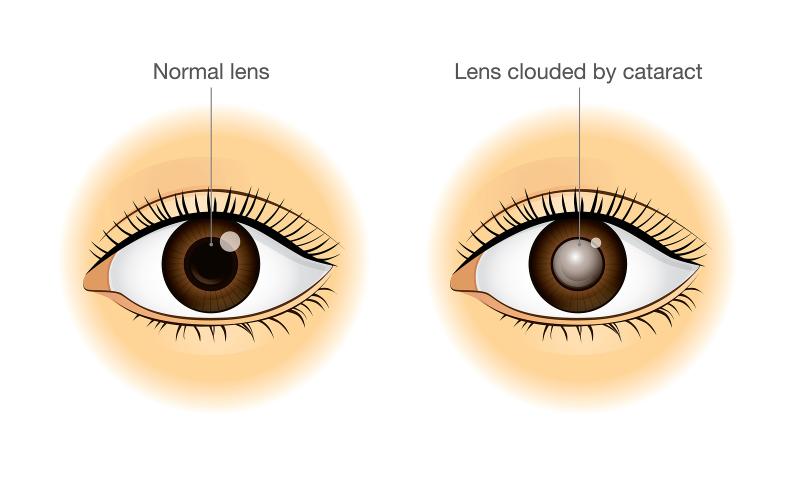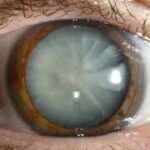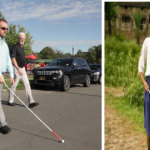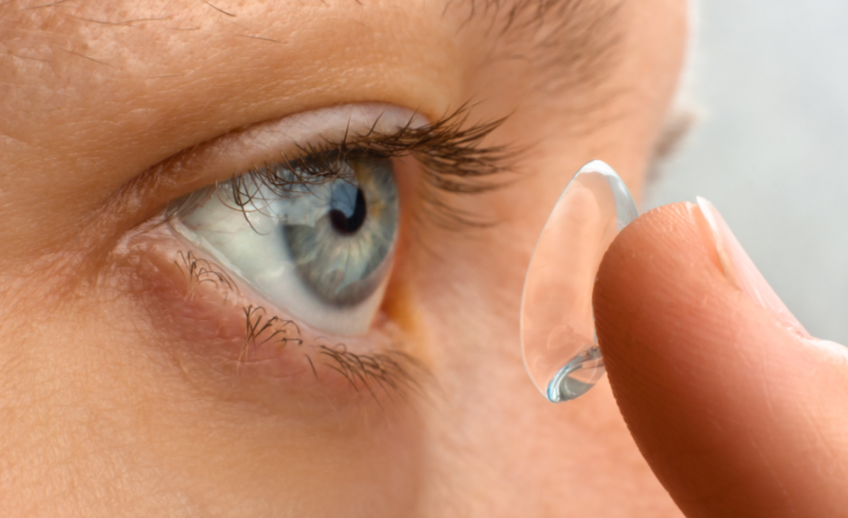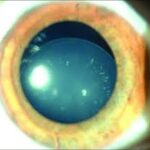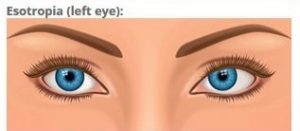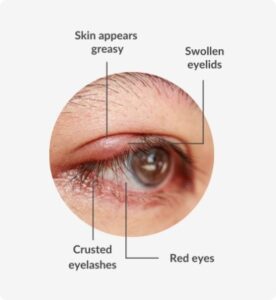Introduction
Cataract awareness is crucial because cataracts, a clouding of the eye’s natural lens, are a leading cause of vision loss worldwide, especially among older adults. Raising awareness helps people understand the condition, encourages early detection through regular eye exams, and
promotes timely treatment, which often involves a simple and effective surgical procedure. Cataracts are common in older adults, affecting more than 50% of the population aged 80 and over. Although cataracts are one of the leading causes of blindness worldwide, accounting for more than 40% of cases, they are also one of the most treatable eye conditions.
Cataract
A cataract is a clouding of the usually clear lens behind the colored iris. The lens focuses images on the retina, which relays them to the brain. The focused image projected onto the retina is sharp and clear in a clear lens. When the lens develops cataracts, the cloudy change in the lens reduces vision and causes the image projected onto the retina to be blurry.
Cataract formation is a normal part of the aging process and may become visually significant in older adults. However, several factors may increase the risk of developing a visually significant cataract. Such risk factors include:
Exposure to intense heat or UV rays from the sun over a long period
Health conditions that affect the eyes, such as diabetes
Inflammation in the eyes from injury or illness
Long-term use of steroids
Smoking
Eye disease
Visual loss due to cataracts may progress so gradually that a patient may not be aware of it until it becomes advanced. Regular vision care exams are the best way to identify the formation of cataracts before significant vision loss occurs. If any of the following apply, a thorough eye examination is indicated:
Blurred or double vision
Seeing a “film” over one’s vision
Feeling that lights are always too dim
Having trouble reading or doing work up close
Difficulty seeing in bright light
Frequent changes in eyeglass prescription that don’t seem to help
A milky or yellowish spot on the eye
Types of cataracts
There are four main types of cataracts:
1. Senile Cataracts: Senile Cataracts account for 95% of cases. They typically show up after age 40 and gradually worsen over time.
2. Congenital cataracts: They are present at birth. They may be inherited or caused by problems during the pregnancy.
3. Traumatic cataracts: They are caused by lens damage and can occur due to a hard blow, cut, puncture, intense heat, or chemical burn.
4. Secondary cataracts: They are adjacent to a cause or treatment. Causes include certain medicines, eye disease, infection, or disease (like diabetes).
Prevalence and Impact of cataract
If someone develop cataracts in one eye, there is an increased likelihood that they will develop them in both eyes. However, the rate of progression may vary widely. The eye care professional can examine the eyes to determine if the basis for blurred vision is a cataract or another cause, such as glaucoma, macular degeneration, or diabetic retinopathy.
Cataracts, are a leading cause of blindness globally, particularly among older adults. While cataract surgery is highly effective in restoring vision, disparities in access to treatment and awareness of the condition persist, especially in low- income countries. Increased awareness about cataract risk factors, symptoms, and treatment options can significantly reduce the burden of cataract-related
blindness and visual impairment. Over 100 million people worldwide are affected by cataracts, with 17 million cases resulting in blindness. Nearly 70 million people worldwide experience bilateral blindness or moderate to severe visual impairment due to cataracts. As the ageing population grows, cataract-related blindness is increasing, putting more pressure on healthcare systems. The number of people who are blind due to cataracts is increasing as a result of population growth and longer lifespans.
Cataract-related blindness is widespread in developing countries due to high service costs and limited access to surgery. We must act to ensure equal healthcare access for everyone. Access to relatively simple and cost-effective treatment for cataracts is limited in low-income and middle-income countries, where over 90% of people with visual impairment due to cataracts reside.
Treatment
The most effective treatment for cataracts is surgery. Surgery is typically performed on an outpatient basis. It is commonly completed in less than an hour. Patients are normally given eyedrops to prevent infection and reduce inflammation.
Many patients find they no longer need glasses for distance and may only need a standard prescription for reading. In addition, newer technologies in implant design may allow patients to be free of any glasses correction.

